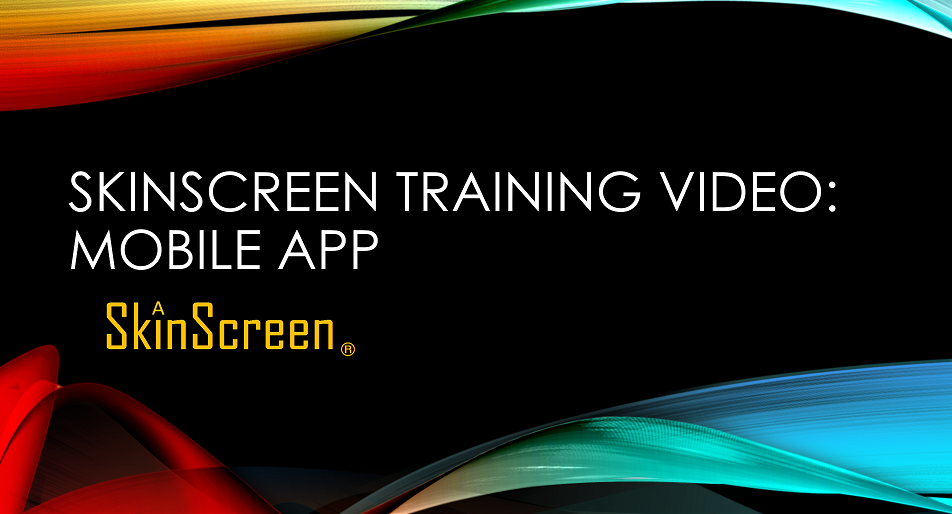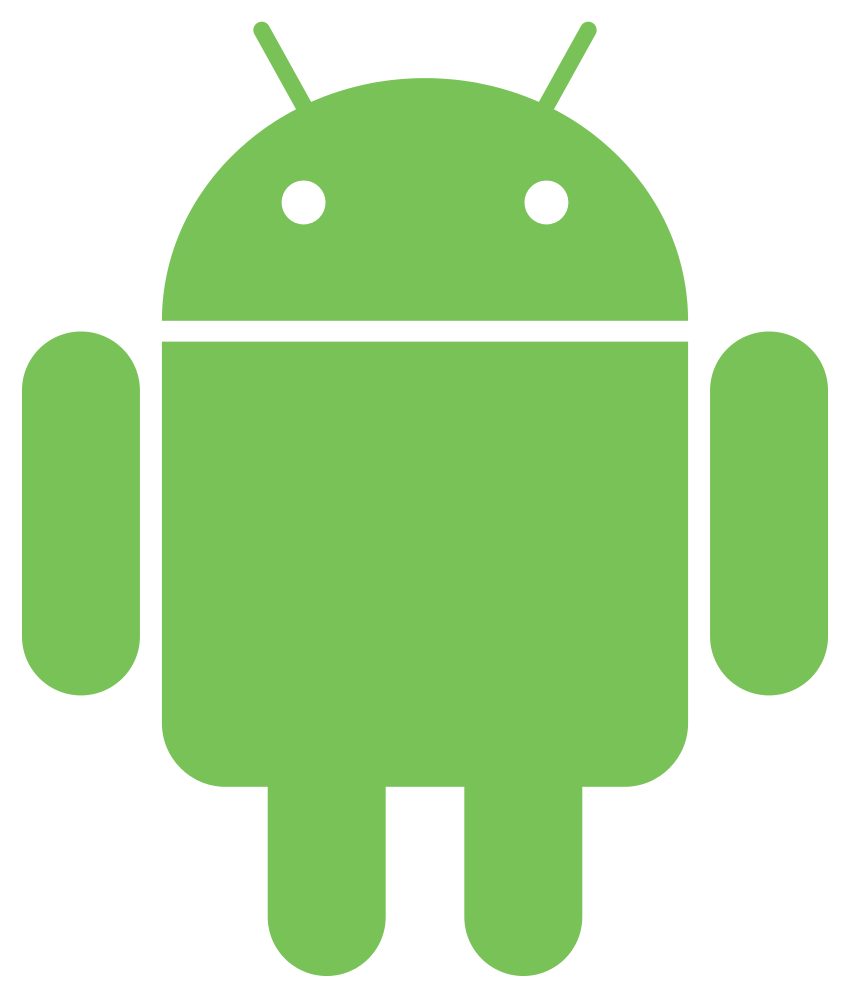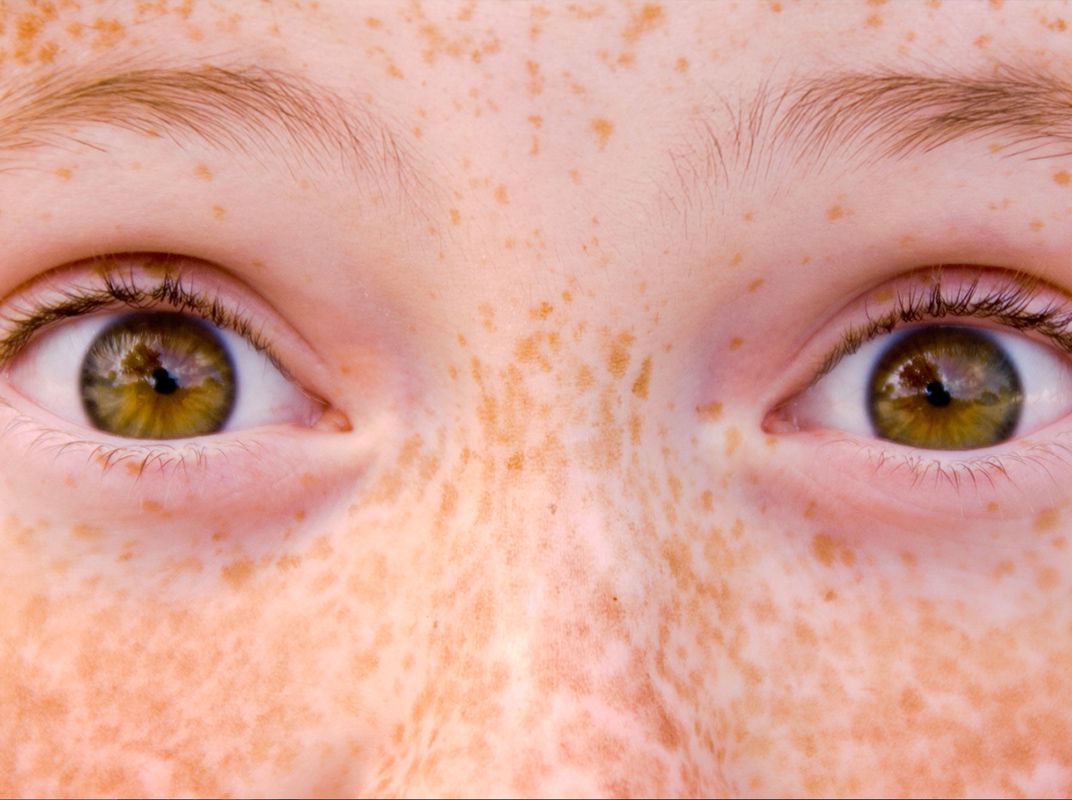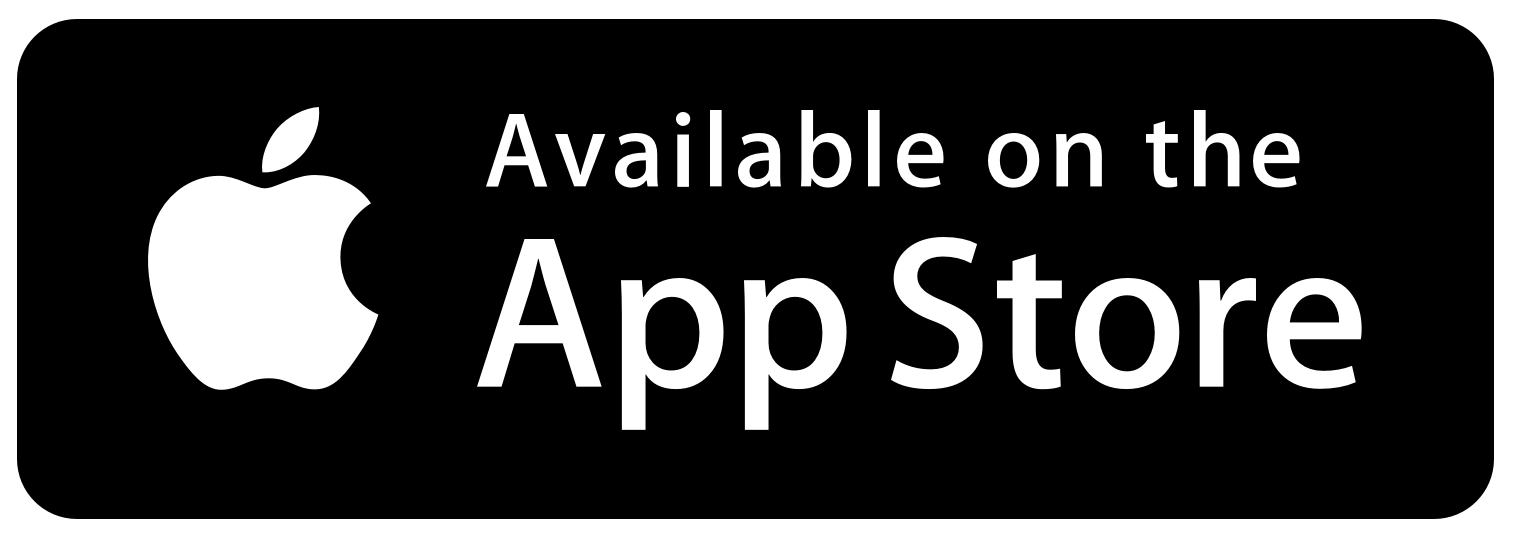 ®
®Latest News /

To support our new SkinScreen® mobile device user base, we have developed an associated training video to support the roll-out. The purpose of the video is to introduce new users to the powerful features of the SkinScreen application for both the Android and iOS operating systems in order to get the very best image classifications supported with quantitative metrics for the user.
The video is 6 minutes long and well worth the time invested to learn about the SkinScreen decision support system. Watching this video would be beneficial as it provides details of each page and what to expect when browsing through the different screens. The simple and clean user interface masks the more sophisticated details of the deep learning models that are performing the powerful calculations of the convolutional neural networks in the background. The other benefit of watching the video is understanding in detail how the SkinScreen is different compared to other market solutions.
And you can download our Android mobile app here.
Stay tuned for our anticipated release of the SkinScreen mobile app for Apple iOS devices!

The SkinScreen mobile decision support application is now available to download from Google's Android App store.
It's the most precise and accurate decision support mobile App for skin lesion classification. And it is supported with generated metrics outputted by the AI Model.
Why download this application?
First, having the application on-hand is a good way to save yourself a lot of money! The going rate for a dermatologist office visit is typically between $100 and $170 per visit. An "expensive" dermatologist that is in a high demand community might charge upwards of $200 per visit. Now keep in mind, that is for a visit and assessment. Many doctors will then schedule you (if needed) for a biopsy at another office visit. Having the application provides you with the ability to get an assessment supported with analytics before you make an appointment. And SkinScreen can find a dermatologist within your immediate area to assist you if needed!

One of the challenges of a new business such as SkinScreen, LLC. is to be able to promote products and services through a referral process. SkinScreen has reviewed many of the successful enterprises and have developed the following highlights to promote referrals:

For the upcoming release of the SkinScreen Mobile Applications, SkinScreen, LLC. has invested the resources to create a new dataset of freckles. Freckles are small brown spots on your skin, often in areas that get sun exposure. In most cases, freckles are harmless. They form as a result of overproduction of melanin, which is responsible for skin and hair color (pigmentation). Overall, freckles come from ultraviolet (UV) radiation stimulation.
This dataset will add one more class to the SkinScreen ™ application, bringing the total classes to 10, to also include a binary class classifier that will detect whether there is enough data in the image to detect a skin lesion. The current version of the SkinScreen Application has the ability to detect nine (9) classes of skin lesions:
- 1. Actinic Keratoses
- 2. Angioma
- 3. Basal Cell Carcinoma
- 4. Dermatofibroma
- 5. Melanocytic nevus
- 6. Melanoma
- 7. Seborrheic keratoses
- 8. Squamous Cell Carcinoma
- 9. Vascular lesions

It’s no secret that the cost of healthcare is a burden for low and middle-class families in the United States. As costs continue to rise each year, more insurance companies are turning to a model known as value-based healthcare that bases payment to the provider on the outcome of the patient.
Value based healthcare reimbursement is a payment model that reimburses healthcare providers based on the quality they provide to patients rather than the number of patients they see. In essences, it is a quality over quantity program.
Value based care rewards physicians, nurses, and other healthcare providers by helping patients improve their health and reduce the incidence of chronic illness. SkinScreen® can play a large part in vaue-based care. What can SkinScreen offer that is not offered now in skin lesion therapy?
SkinScreen offers metrics that provide the probability that the image analyzed is one of nine classifications that the application can identify. These metrics can provide insight into the quality that is not currently measured in the clinical setting. For example, trained professionals have tested to provide up to 35% correct classification when presented with images of skin lesions. SkinScreen can offer substantially higher levels of correct classification. With higher levels of correct classification, clinicians can provide more accurate diagnosis and therapy. This can save resources for both the patient and medical community when making decisions about therapy and the expenditure of resources.

